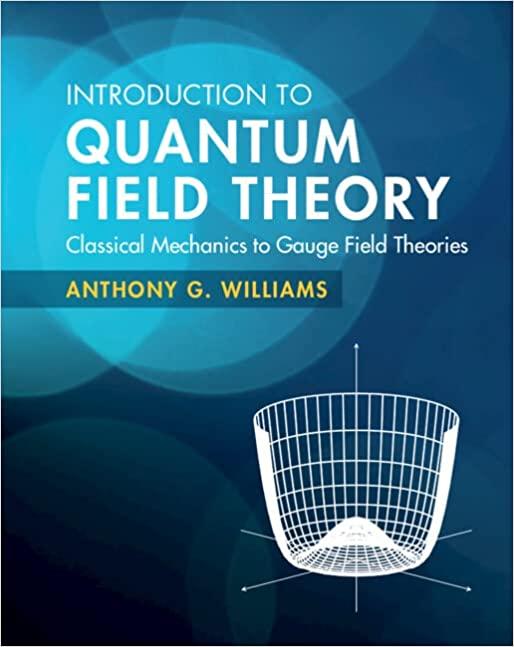Consider the following reactions. Which reactions are allowed? If allowed, explain what the main reaction mechanism is
Question:
Consider the following reactions. Which reactions are allowed? If allowed, explain what the main reaction mechanism is using a labeled diagram showing quark, lepton and boson lines. Explain whether it occurs through the strong and/or electromagnetic and/or weak interactions. If not allowed, why is it forbidden? (Hint: For the quark flavor content of hadrons, see above.)
(a) \(p+p \rightarrow K^{+}+K^{+}+\Xi^{0}\);
(b) \(\Sigma^{0} \rightarrow \Lambda^{0}+\gamma\);
(c) \(\pi^{-}+p \rightarrow \pi^{0}+K^{-}+(\bar{\Sigma})^{+}\);
\(\Lambda^{0} \rightarrow p+\mu^{-}+\bar{u}_{\mu}\);
(e) \(\pi^{+}+n \rightarrow \bar{K}^{0}+K^{+}\);
(f) \(K^{0}+n \rightarrow K^{-}+p\); (g) \(\Sigma^{+} \rightarrow p+\pi^{0}\); (h)
\(u_{e}+e^{+}+n \rightarrow p+\pi^{0}\); (i) \(p+\pi^{+}+\pi^{-} \rightarrow \Delta^{+}+\pi^{0}\); (j) \(\Lambda^{0} \rightarrow K^{-}+p\); (k) \(\Sigma^{-} \rightarrow n+\pi^{-}\);
(l) \(\pi^{0}+u_{e} \rightarrow \pi^{+}+e^{-}\).
Step by Step Answer:

Introduction To Quantum Field Theory Classical Mechanics To Gauge Field Theories
ISBN: 9781108470902
1st Edition
Authors: Anthony G. Williams





